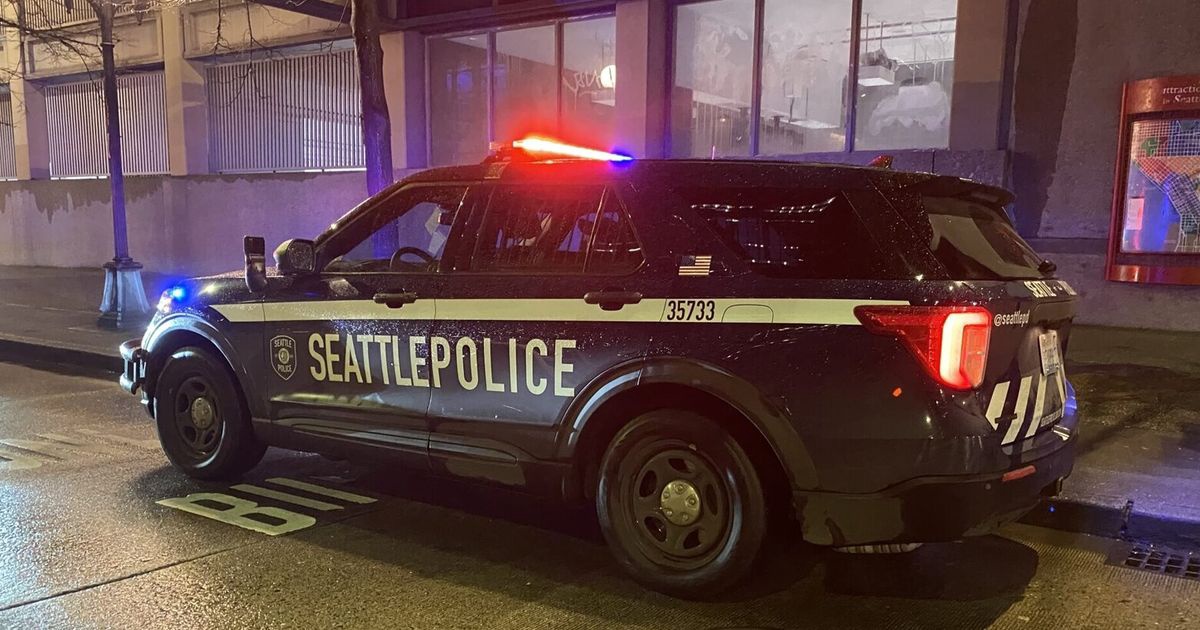
Link light rail is a light rail rapid transit system serving the Seattle metropolitan area in the U.S. state of Washington. It is managed by Sound Transit in partnership with local transit providers, and consists of two non-connected lines: the 1 Line (formerly Central Link) in King County, which travels for 25 miles (40 km) between Seattle and Seattle–Tacoma International Airport; and the T Line (formerly Tacoma Link) in Pierce County, which runs for under 2 miles (3.2 km) between Downtown Tacoma and Tacoma Dome Station. In 2021, the system had a ridership of 11,754,900, or about 77,300 per weekday as of the third quarter of 2022, primarily on the 1 Line, and runs trains at frequencies of 6 to 24 minutes. The Link light rail system was originally conceived in the 1980s following several earlier proposals for a heavy rail system that were rejected by voters. Sound Transit was created in 1993 and placed a ballot measure to fund and build the system, which was passed on a second attempt in 1996. Tacoma Link began construction first in 2000 and opened on August 22, 2003, at a cost of $80 million. Central Link construction was delayed because of funding issues and routing disputes, but began in November 2003 and was completed on July 18, 2009, for $2.4 billion. Central Link trains initially ran from Downtown Seattle to Tukwila International Boulevard station before being extended south to the airport in December 2009, north to the University of Washington in March 2016, and further south to Angle Lake station in September 2016. An extension to Northgate station opened on October 2, 2021. Sound Transit plans to expand the Link light rail network to 116 miles (187 km) and 70 stations by 2044, using funding approved by voters in 2008 and 2016 ballot measures. An extension from the University of Washington to Northgate opened on October 2, 2021. Suburban extensions to Bellevue, Redmond, Lynnwood, and Federal Way are scheduled to open between 2024 and 2025. Later projects will expand the system to cover the metropolitan area from Everett to Tacoma, along with branches to Kirkland, Issaquah, and the Seattle neighborhoods of Ballard and West Seattle. From Wikipedia
